What are meta tags? They are information inserted into the "head" area of your web pages. Other than the title tag, information in the head area of your web pages is not seen by those viewing your pages in browsers. Instead, meta information in this area is used to communicate information that a human visitor may not be concerned with.
<HEAD>
<TITLE>Title of your website</TITLE>
<META NAME="description" CONTENT="This is a short description of your website">
<META NAME="keywords" CONTENT="list, keywords, seperatly, and, choose, good, descriptive words">
</HEAD>
The Meta Description Tag
The meta description tag allows you to influence the description of your page in the crawlers that support the tag. Look back at the example of a meta tag. See the first meta tag shown, the one that says "name=description"? That's the meta description tag. The text you want to be shown as your description goes between the quotation marks after the "content=" portion of the tag (generally, 200 to 250 characters may be indexed, though only a smaller portion of this amount may be displayed).
The Meta Keywords Tag
The meta keywords tag allows you to provide additional text for crawler-based search engines to index along with your body copy. How does this help you? Well, for most major crawlers, it doesn't. That's because most crawlers now ignore the tag. Still want to use the meta keywords tag? OK. Look back at the opening example. See the second meta tag shown, the one that says "name=keywords"? That's the meta keywords tag. The keywords you want associated with your page go between the quotation marks after the "content=" portion of the tag.
Inktomi says that you should include up to 25 words or phrases, with each word or phrase separated by commas.

